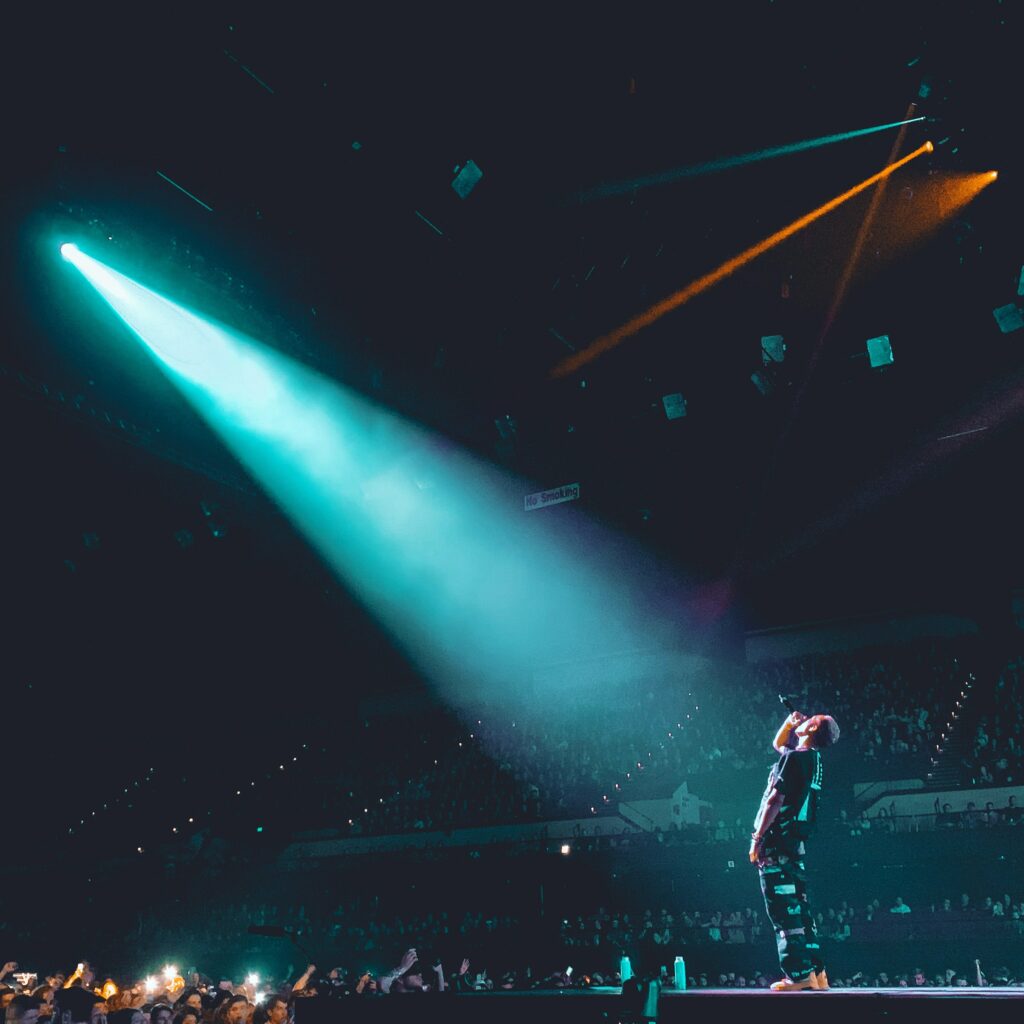
How do notable individuals use social media?
- Notable individuals on social media often have a sizable audience and level of influence on those who follow them. These influencers mainly use their social media accounts to present awareness on relevant information about their own lives, brands, or current events.
- For example, Shailene Woodley is an actress and shares some parts of her acting career online but mainly uses her social media platform to bring recognition to current foundations and movements.
- On the other hand, the Kardashians use social media to promote their dynasty, personal endeavors and family (Soleil’s blog).
- Neither of these platforms are better than the other since they attract and prioritize different niches. Ultimately, it is up to the notable individual to decide what they post, share and have influence towards.
- Remember, everything posted on social media is intentional.
- Looking at Jody Vance’s influence as a broadcaster in Canada, she is able to reach a vast majority of individuals around the country with different interests and opinions and can share with them whatever she wants.
What are the benefits of being in the public eye and having a PLN?
- Being in the public eye and having a PLN is extremely beneficial and valuable because you have the ability to accumulate a high amount of followers and people who want to interact with you and what you share. More followers leads to more connections and opportunities.
- For example, if you are in the public eye and are looking for a job, you can share this on social media and you will have a greater chance at being recognized by an employer than someone who isn’t in the public eye and can’t get on popular pages and likes to boost social media algorithms.
- Additionally, the “blue checkmark” verified accounts receive on social media proves their credibility, reliability and significance online and in society.
Building a community with online tools provided by the employer can be limiting, what are the perceived restrictions and benefits?
Restrictions:
- It is hard to 100% decipher how people intend to sound in what they post which can spread miscommunication (Hirst, 2018). For example, if someone were to send a message with a period at the end, some people could see this as normal communication but some could see this as the person being angry.
- Fake news is out there and can spread false information and dangerous measures (Hirst, 2018).
- Online communication tends to promote non-personal, short and non-detailed ways of communication so this could leave readers confused, misinformed, and with short-term connections.
Benefits:
- The ability to share free speech with others with common personal and professional interests.
- You can build a sense of self.
- It is a place to be creative, be your full self and spread endless imagination and passion.
Delivering information in a connected society requires verifiable resources, how do you build a PLN that you can rely on?
- It is important to make sure that the information you are giving and receiving is credible, reliable and factual. To make sure of this, you can generate information from peer viewed and scholarly journals and articles, news articles and documentaries.
- It is also worth your time to double check facts using a variety of sources so you are not just relying on one and can get a mixture of views. This can increase your reliability even more!
How do those, who are veteran storytellers, minimize risk in sharing misinformation?
- You can minimize risk in sharing misinformation by using a reference list that shows readers exactly where you got your information. This also allows you to share credit where it is due.
- Additionally, Instagram allows you to tag other users and link sources in post captions so web etiquette is fulfilled and the rightful owner always gets credit.
- Question what you read and don’t assume the information to be true.
- Veteran storytellers can also monitor their PLN and the information being shared so they can ensure it is all factual.
References
Vance & Miller. (2021, March 3). Jody Vance: Media Voices [Video]. Youtube. https://www.youtube.com/watch?v=E-NnpQJdl0A.
Hirst, M. (2018). Social Journalism and the Gig Economy. Navigating Social Journalism: A Handbook for Media Literacy and Citizen Journalism. Ch. 4. (p. 78-96). NY: Routledge. doi:https://doi-org.ezproxy.library.uvic.ca/10.4324/9781315401263.
Hi Alison,
Great post! I think your post looks very clear, and I agree with you, especially regarding the second and third questions. In the public view, we have more opportunities to accumulate contacts, which will be very useful in future work.
Bonnie
Hey Allison,
I enjoyed reading your blog post this week! I like how you laid everything out and the content thorough and comprehensive. I appreciate how you added the point about how there is ambiguity in determining the tone of online communication. Some individuals perceive a period as coming off as cold, but it all depends on the context of who, what, and where. You bring up many interesting points. Thanks for sharing!
Soleil